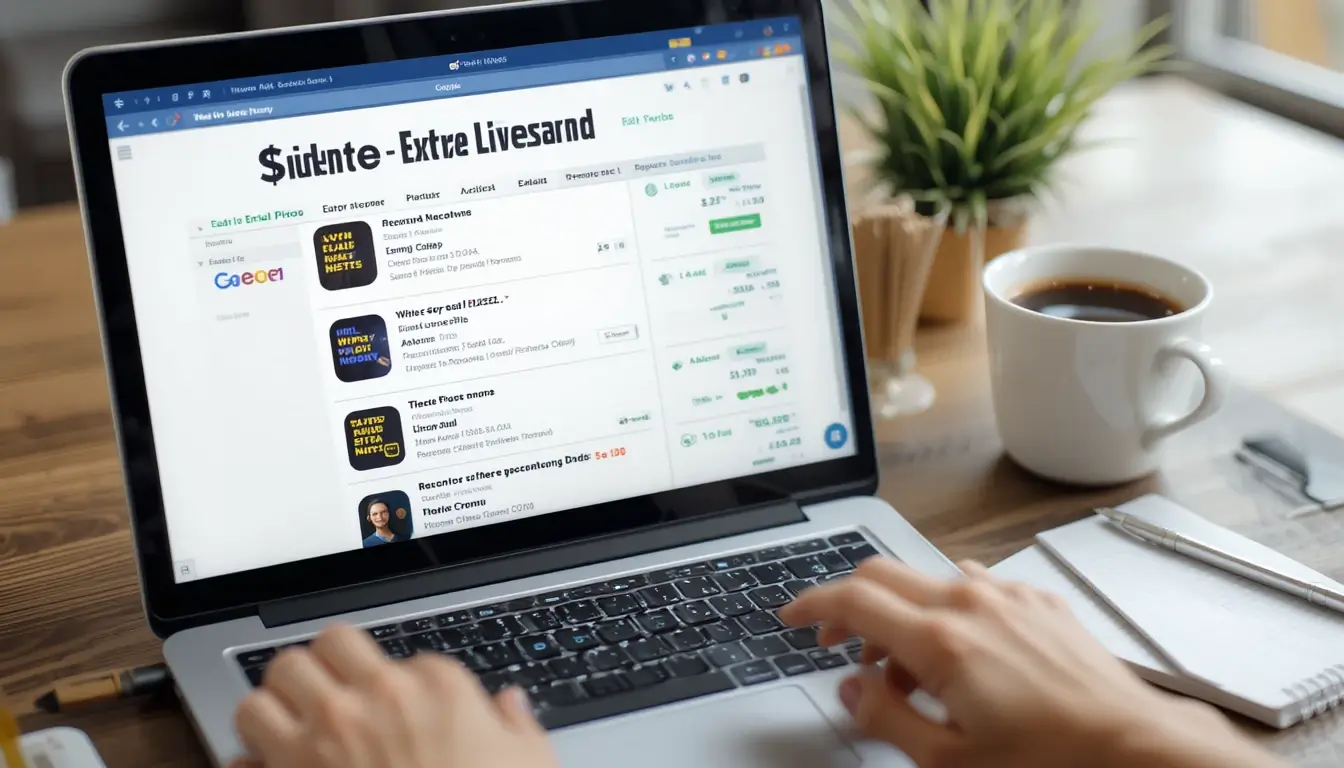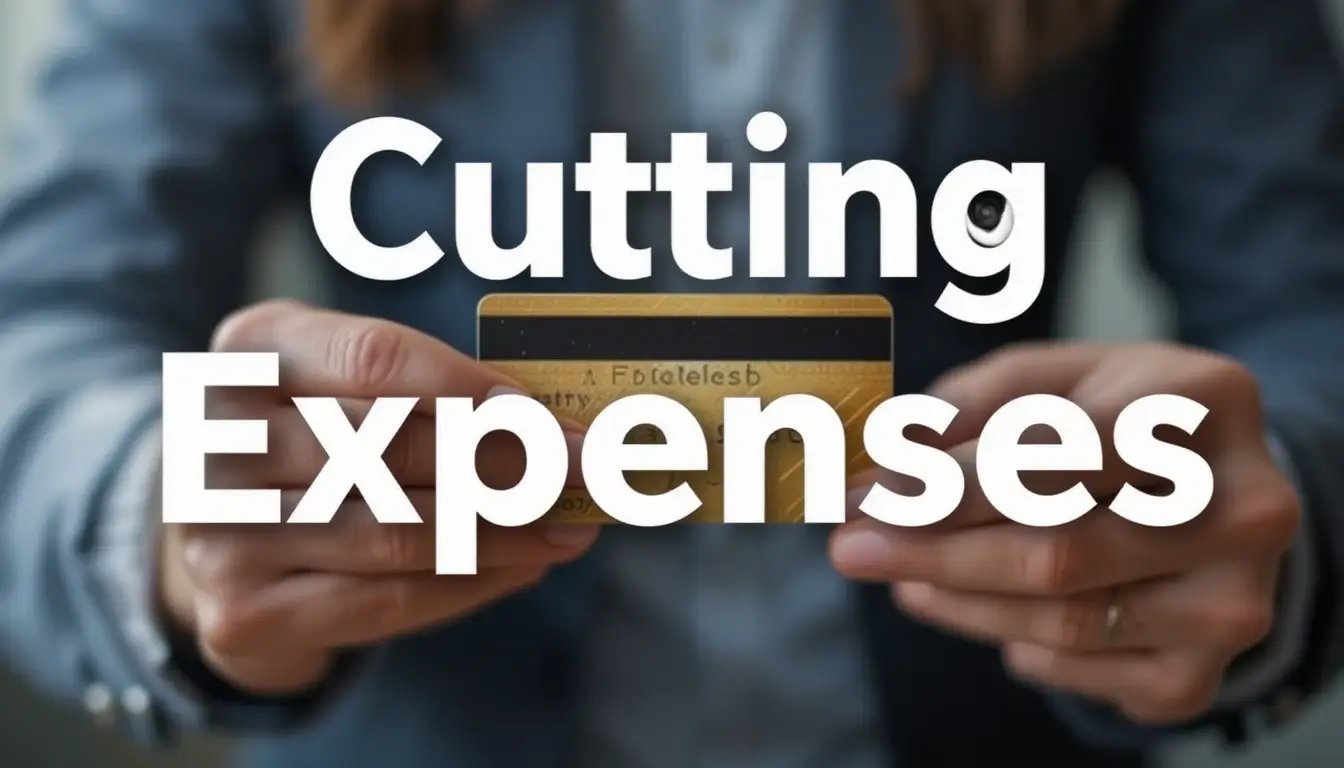“How to Build an Emergency Fund Fast”
“How to Build an Emergency Fund Fast?” Emergency fund is a fiscal buffer that supports the payment of unforeseen bills like medical expenses, vehicle repair, or loss of employment. In its absence, individuals would be forced to use credit cards or loans, which result in debt accumulation.
How Much Should One Save in an Emergency Fund?
A guideline is to put aside three to six months of expenses. However, if you have nothing, it can be helpful to try to set a lower, realistic target, for example, $500 to $1,000, to begin with.
How to Start an Emergency Fund with No Money?
Re-evaluate Your Budget: Identify unnecessary spending like subscriptions, dining out, or impulse purchases.
- Establish a Small Savings Goal: Begin with a reasonable figure, e.g., $100, and save onto it subsequently.
- Use Cash Windfalls: Refund checks, bonuses, or gift money can add up quickly.
- Automate Savings: Create automatic transfers to a savings account.

What are the best methods to save money fast?
Reduce Unnecessary Spending: Decrease discretionary outlays, such as dining away from home or entertainment clubs.
- Lower Monthly Bills: Negotiate with service providers for discounted rates on utilities, insurance, and telephone plans.
- Take Advantage of Cashback and Rewards: Utilize cashback programs and credit card rewards to earn extra savings.
- Sell Unused Items: Declutter your home and sell unwanted items on platforms like eBay or Facebook Marketplace.
Also Read: “The Best Personal Finance Apps to Manage Your Money in 2025”
How to Save Additional Money for an Emergency Fund?
- Freelance or Side Hustles: Find online opportunities such as writing, graphic designing, or virtual assistance.
- Deliver Food or Drive for Ride-Sharing Apps: Ride-sharing apps like Uber, DoorDash, or Instacart can provide a steady flow of cash.
- Take Online Surveys or Market Research Participation: Swagbucks and Survey Junkie pay a little.
- Rent Out Extra Space: Rent out an extra room on Airbnb or rent out storage space.
Where Should You Keep an Emergency Fund?
High-Yield Savings Account: Offers easy access and earns interest in the long run.
- Money Market Account: Provides slightly higher interest rates compared to a basic savings account.
- Separate Bank Account: Avoids the temptation of withdrawing from the fund for wants.

How to Establish and Sustain Your Emergency Fund
- Replenish After Use: In case you use some of the fund, make sure to replenish it as soon as possible.
- Save Contributions Over Time: As your income increases, save more.
- Review Spending Regularly: Revise your budget to make regular contributions.
Also Read: How to Stop Living Paycheck to Paycheck
What Are Common Traps to Steer Clear
- Failure to Prioritize Savings: Prioritize savings as a necessary expense rather than an afterthought.
- Keeping It in a Checking Account: Makes it too easy to spend on non-emergencies.
- Maintaining an Unrealistic Goal: Start small and raise the goal in increments so you stay motivated.
- Overlooking Unforeseen Income: Use bonuses, rebates, and surprise cash to supplement savings instead of spending.
Final Thoughts
It requires self-discipline, smart budgeting, and other sources of income to establish an emergency fund within a span of time. By doing these things, you will be financially stable and debt-free when emergencies arise.







